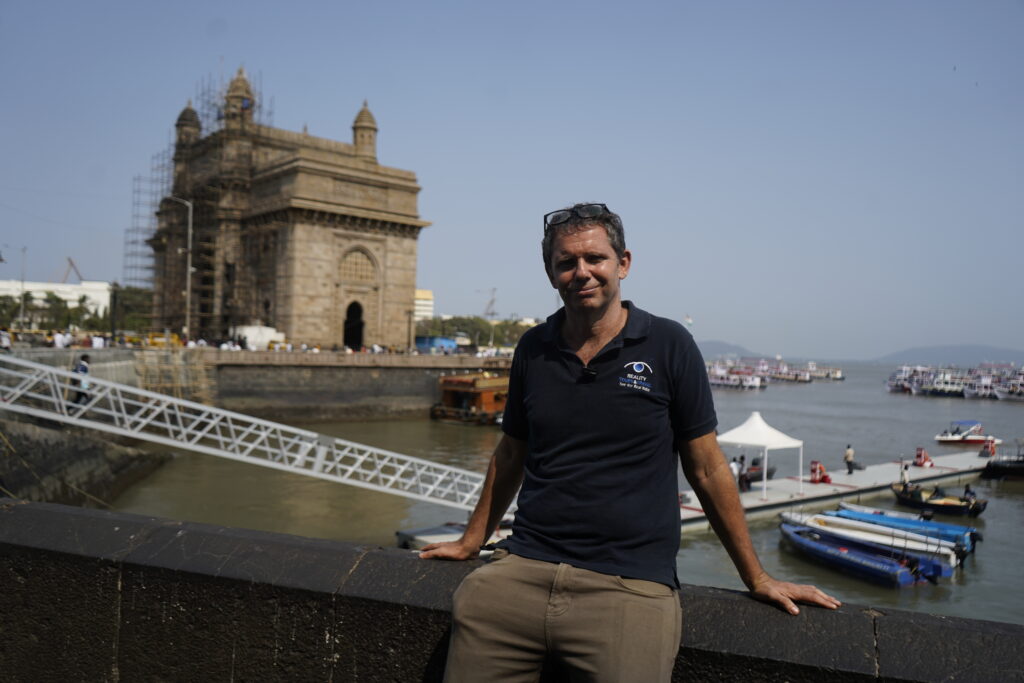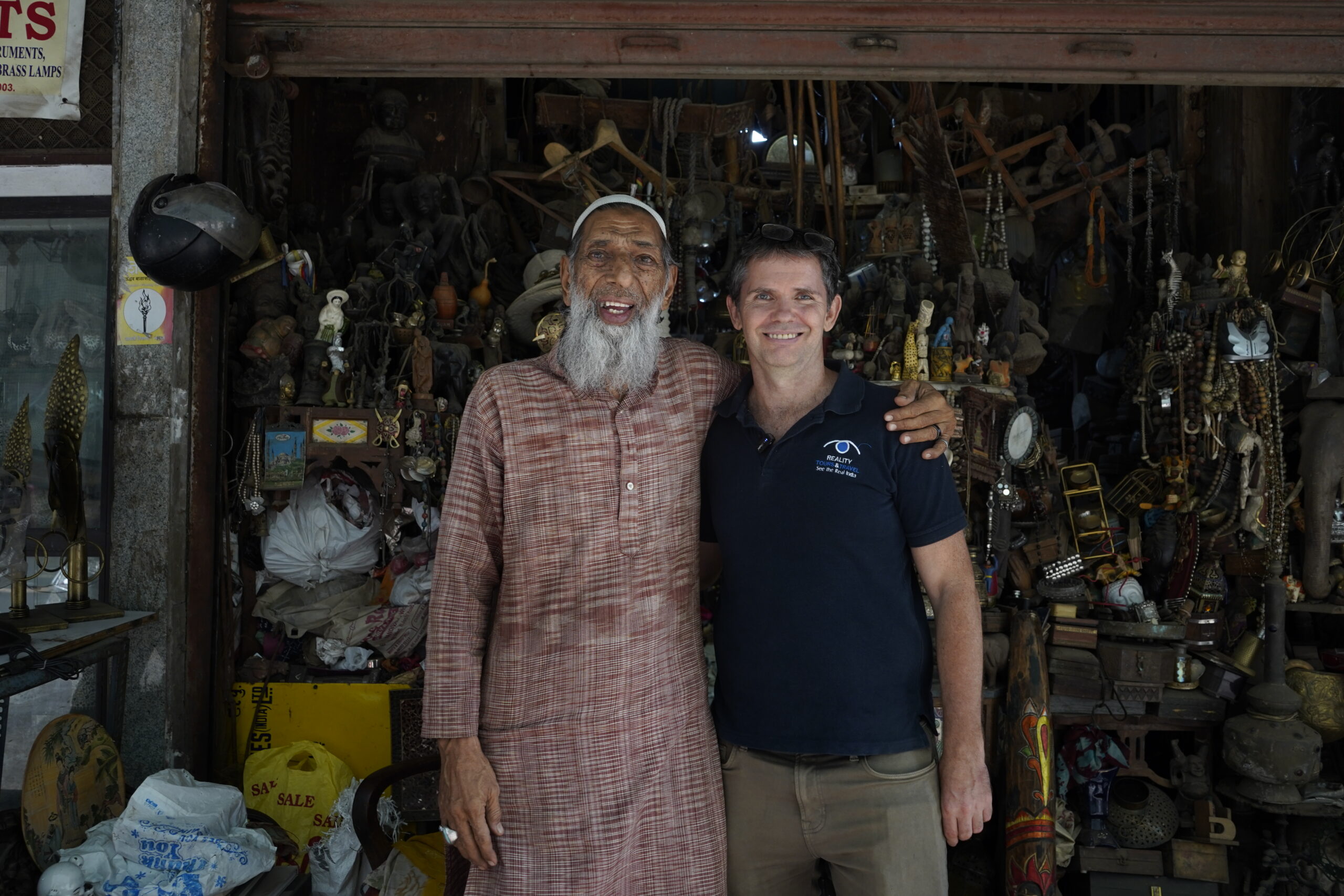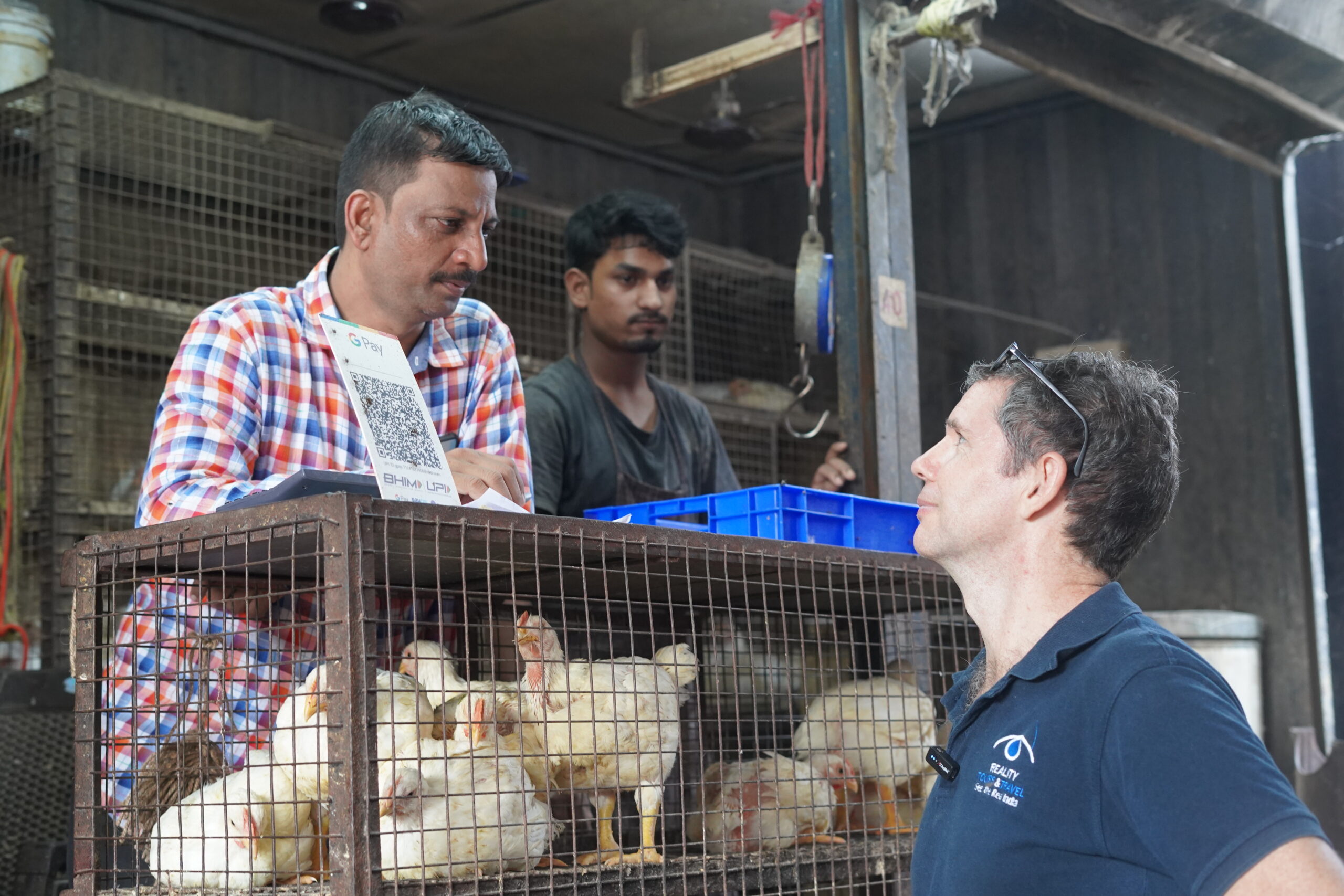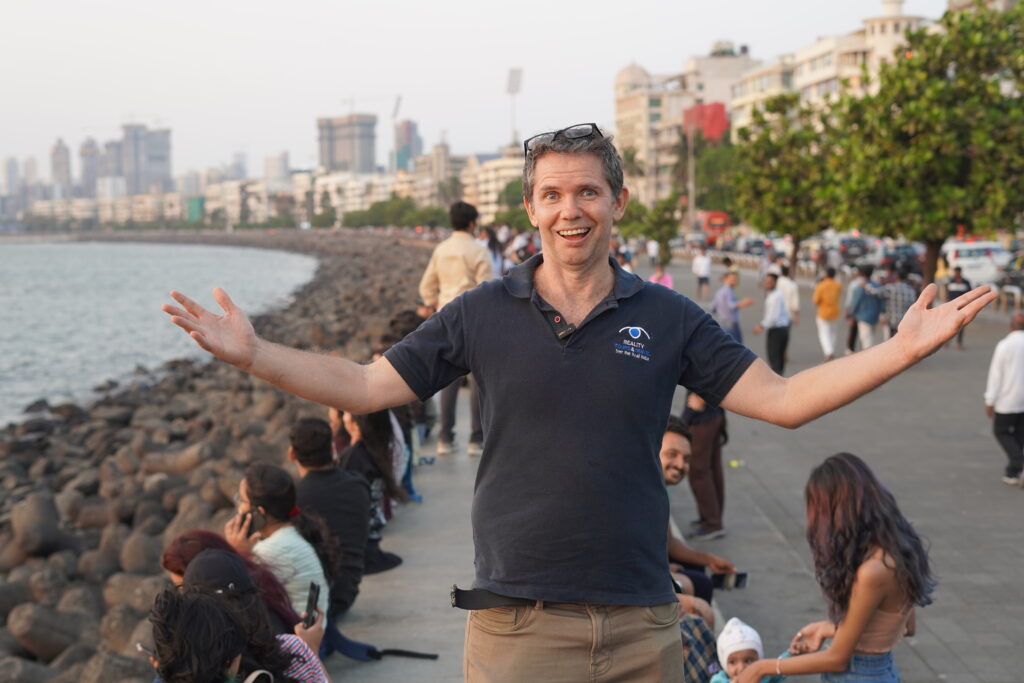I’ve lived on and off in Mumbai for nearly 20 years, and the city is not the easiest place in the world to live for several reasons.
It’s dirty. There’s no getting around it. It’s partly because many people are indifferent to throwing trash out of trains or cars or simply while walking down the street. Many also spit and “No spitting” signs throughout the city are common but alarming.
Also, the infrastructure – including the construction of buildings and roadworks in particular – always feels half done, never finished as you imagine would be the case in Japan, for example. I assume this is because those doing the work can get away with it. Because they know that whoever inspects their work isn’t going to care. I hate that sloppiness, that lack of attention to detail, which I have also seen many times in work settings.
During the monsoon in the “summer months”, the city turns into a cesspit. The water doesn’t drain properly and you have to be careful not to fall an open drain (I’m serious!). I was here in the famous floods of July 2005 when 37 inches of rain came down in 24 hours and many people died. And in the monsoon, the Indian mosquitoes seem to love my blood even more than normal (and malaria and dengue are still here).
There are other challenges for both expats and Indians alike: Finding a place to live is not easy as the rent is relatively expensive for what you get and the landlord, as well as the society in the building for some reason, want to know your religion and marital status (??). As an unmarried middle-aged man, I’m considered a less appealing tenant.
But it’s not all bad.
I have somebody come to my house every day to cook and clean for the same price as a cheap gym membership in the UK.
There are the Alphonso mangoes. April to June pre-monsoon are the hottest months of the year, when even I, who hates air conditioning, can’t survive without it. But at least I can bury my face in some glorious, sweet Alphonso mangoes. Having a range of different exotic fruit (or “fruits” as they like to say here) like the siftafal (custard apple) or guava is great.
And there’s the spirit of Mumbai, which has an energy like no other. As you might sense from the beginning of this blog, I am not bouncing up and down like an excited tomcat every day in this city, but I do love the place, and here’s why it’s unique for me:
In this Indian village, the buffaloes roam freely, villagers are still enjoying the handpumps to draw water, and food is cooked over cow dung fires.
Age-old customs are still defining daily life here, and it feels like it the India from a hundred years ago. Well, Sheldon Cooper (from the famous sitcom ‘Big Bang Theory’) never got to witness his ultimate desire of time travel, but you can, by simply setting foot in this small village (no time-machine required ;)).
Let me help you with the 10 Reasons Why Visiting an Indian Village Feels Like Travelling to the Past
The Food

Indian food is more than curry, rice and naan bread. In the UK, it’s remarkable that even in places like Birmingham, where I lived for many years and which has a large Indian community, if you visit any Indian restaurant, the food will be remarkably similar.
In Mumbai, you can eat a variety of different food, from South Indian favourites like masala dosa (a crispy, savoury pancake filled with spiced potato filling, served with chutneys), pani puri (small, hollow crispy balls stuffed with spiced water, tamarind chutney, and chickpeas, eaten in one bite for a burst of flavours), pau bhaji (a spicy mashed vegetable curry served with buttery bread rolls, like a tangy veggie stew with bread) to the famous Maharashtra (the state which Mumbai is located in) snack of vada pau (a spicy potato fritter in a bun, like a zesty Indian slider).
If you’re interested in discovering these flavors while exploring, our Mumbai street food Tour is a great way to experience it.
And great food doesn’t have to be expensive. You need to be careful selecting a suitable place for hygiene reasons (and make sure the water in the pani puri is filtered), but eating this food on the street while taking in Mumbai’s energetic atmosphere is the way to do it.
Places to see

Mumbai is not known as a great place for “normal” sightseeing but it’s nice to spend time at the city’s most iconic landmark – the Gateway of India – located by the sea and facing the glamorous Taj Mahal Palace hotel; you can sit or stand and admire the “Arc de Triomphe” like structure, from where the last British Troops were kicked out of the country in 1948.
There’s also Marine Drive, on the other side of the peninsula by the sea, which is the other “postcard site” of the city and where people gather in the morning or evening, when the weather is cooler, to walk, run or sit on the promenade staring out to sea. (For more must-visit attractions, check out our blog Top 5 Mumbai Sightseeing Tours.)
If you’re new to the city, you might relate to some of the impressions captured in Mumbai – a Visit to the City Which Never Sleeps.
Thankfully, there are plenty of other places like Marine Drive to relax and breathe and soak in some Mumbai “fresh” air (yes, I’m being a little ironic as the air here is not the best) like Carter Road or Sanjay Gandhi National Park (in the suburbs).
Local Experiences

What Mumbai lacks in tourist attractions, it gains in places to simply walk around and soak in the city’s atmosphere and energy. The markets of Chor Bazaar (a bustling flea market famous for antiques, vintage items, and eclectic second-hand goods; often called ‘Thieves’ Market’) and Crawford Market (a lively wholesale market offering fresh produce, spices, and household goods, known for its grand colonial-era structure) are great examples of this.
When I say fresh produce, it can be very fresh! In Crawford Market there are rows of shops showing live chickens in cages, and instead of selecting your favourite cute-looking animal to take home and surprise the kids, you are invited to “play god” and select the fattest, plumpest, most tasty looking bird. A hand then goes into the cage, the chickens inside start squawking like crazy, and the selected victim is pulled out, weighed (to determine the cost) and then chopped up into little pieces in front of their mates.

As well as rather traumatic events like this (in my eyes!), these markets can get very crowded (which adds to their charm) and in Mumbai, most of the time it’s difficult to avoid people. Boarding a local train in rush hour is one of those times when you just have to “get stuck in” and leave your apprehension about lack of personal space to one side.
It’s difficult to accurately describe in words the experience of fighting to board the train (it’s dog eat dog), squeezing and pushing people to find a tiny little place to stand, experiencing the “train massage”, and then finally, as your destination approaches, again squeezing towards the “door” (which never closes) before being spat out on to the platform.
On the face of it, you would think that this would be a traumatic experience, but you just have to go with it, and you rarely get people getting angry as people just accept that “it is what it is”. “What to do?” as they love to say out here. For me, I prefer to travel by a crowded train than spend double (or more) time in a private air conditioned car stuck in traffic.
Quirky Experiences

If you’ve never been to India, some things might take you by surprise. Feeding cows in the middle of a busy street, for instance. Back home, cows belong on farms, but here, they roam freely (relatively), and feeding them is considered an act of good karma.
What’s also different from my home country is the language. Indian English can be quite different from “normal” English and here in Mumbai, I have to modify the way I speak to be understood.
Of course, after 20 years, I should have learned Hindi (the most widely spoken language in Mumbai) and it’s my biggest regret, but observing English and the way that it’s spoken and written is interesting, and many times amusing. “I’m too much hungry” is a simple example of what my business partner used to tell me for many years before I decided that I should probably correct him, and on the streets, the signboards often make me laugh, like this one:
Each to their own, of course, but without doubt, foreigners to this country will chuckle to themselves at the different quirky things they see and hear in this metropolis, and after nearly 20 years, I still get this.
The People
Although I’m guilty many times without doubt of being that horrible, entitled expat who loves to criticize the city, complaining about how things are so much better in my country, I still love living here.
And what makes it special are the people. Out in public, they can be rude, and queue barging in particular still makes me mad. And you often don’t get too many smiles; even as a customer, you’re more times than not treated with indifference and greeted with a grunt. This is in sharp contrast to a country like Thailand, where its people welcome others (both Thais and foreigners) with smiles and warm pleasantries. But I prefer the Mumbaikar way as smiles are genuine and interactions, although not so plentiful, are genuine. The people here aren’t fake and that’s pretty cool.
Final Thoughts
I definitely have a love-hate relationship with this city, but to me that makes it a lot more interesting place to live than my home in the UK, Birmingham, where my overall feeling is one of indifference. Mumbai is a unique and special place to live for all the reasons mentioned above and a lot more, and I’m not leaving in a hurry.
The post Experience the True Spirit of Mumbai: A Foreigner’s Perspective appeared first on Reality Tours & Travel.

